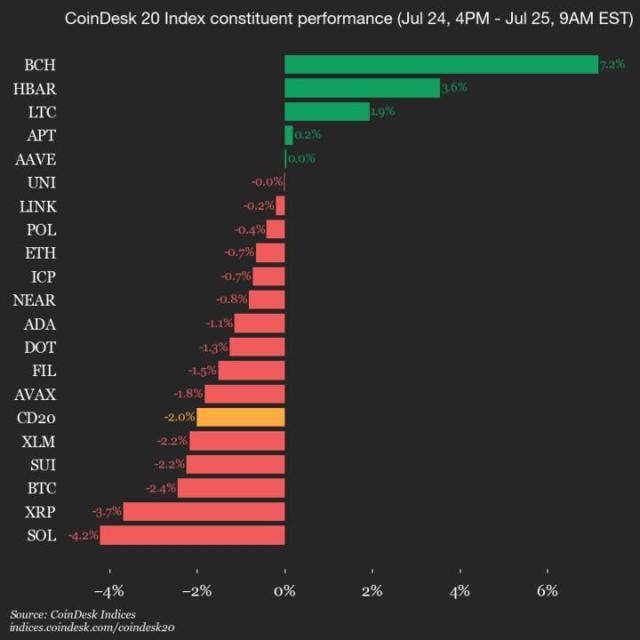Over the past decade, Bitcoin has gradually established its position as the world's primary digital asset. Revered as "digital gold," it has become a tool for hedging against inflation, market volatility, and monetary policy risks. However, despite its fame, approximately 87% of global Bitcoin remains idle—dormant in wallets, stored in cold storage, or lying on corporate balance sheets, failing to create value.
This status quo is about to change, and the transformation will reshape the world's perception of Bitcoin: it will no longer be just a speculative asset but will become the cornerstone of a new type of operating capital.
Macro Shift: The Era of Institutional BTC Yield Pursuit Has Arrived
Global financial institutions are granting Bitcoin legal status. Listed companies like Tesla and MicroStrategy have collectively held $8.7 billion in Bitcoin spot. Bitcoin spot ETFs attracted 1.13 million BTC (approximately $10.7 billion) of institutional capital inflow in their first year, with hedge funds and asset management companies accelerating their Bitcoin derivatives layout.
But a deeper question emerges: What if Bitcoin's value is more than just price appreciation?
Scarcity, antifragility, and continuous integration with traditional finance make Bitcoin an ideal asset allocation. However, institutional demand is shifting from passive holding to active application—asset management companies, corporate treasuries, and family offices are beginning to explore strategies like lending to generate additional returns by activating Bitcoin reserves. This transformation aligns with three major trends: low-interest traditional financial environments, surging demand for digital native financial instruments, and the pursuit of programmable scarce assets. Bitcoin, once viewed as a static store of value, is being redefined as infrastructure for institutional capital efficiency.
Asia Leads Global Bitcoin Financialization Process
As institutional demand rises, Hong Kong, UAE, and Singapore are forming three major Bitcoin innovation hubs. Clear regulatory frameworks, robust infrastructure, and government support give these regions a head start:
- Hong Kong SFC was the first to approve Bitcoin spot ETFs and open fund tokenization sandboxes
- Singapore's MAS advances the "Guardian Program" pilot, simplifying RWA tokenization processes
- Japan's Financial Services Agency relaxes overseas stablecoin listing restrictions, enhancing public accessibility
These regulatory breakthroughs not only nurture innovation but also lay the institutional foundation for Bitcoin to become a core component of modern finance.
Institutional Practices: Three Paths to Activate Bitcoin Capital
Currently, institutions primarily release Bitcoin value through three methods:
- BTC Wrapping: Cross-chain mapping BTC through custodians, but with counterparty risk and transparency deficiencies
- Alliance Bridge Solutions: While improving decentralization, facing challenges balancing liquidity and security
- Bitcoin Native Layer: Expanding functionality while maintaining decentralization and security, becoming the optimal solution
This is the vision Stacks is dedicated to achieving. As a Bitcoin Layer 2 network focused on smart contracts and capital deployment, Stacks is reshaping institutional Bitcoin perception—it's not just a value store but a foundation for building real financial applications.
Stacks Practice: Making Bitcoin Productive Capital
Stacks adds smart contract and decentralized application capabilities to Bitcoin without changing its underlying protocol. Its core innovation, sBTC, as a 1:1 Bitcoin-anchored asset, allows users to perform lending, DeFi strategies, and other operations in the Stacks ecosystem, achieving capital efficiency enhancement at the Bitcoin base layer for the first time. Currently, over 5,000 BTC have participated in interest-earning through sBTC, with Asian institutions like Aspen Digital and SNZ actively promoting regional implementation.
Asia Builds a New Bitcoin Financial Paradigm
Despite global Bitcoin disagreements, many Asian countries have initiated breakthrough practices:
- Hong Kong SFC clarified Bitcoin ETF issuance rules, opening crypto structured products to retail investors
- UAE established a crypto innovation pole through VARA, implementing an efficient licensing system
- Thailand offers a five-year crypto tax exemption for venture capital firms, accelerating Southeast Asian digital asset development
- Institutions like Shinhan Bank in Korea initiate stablecoin payment pilots, with World Vision Korea becoming the first compliant crypto trading non-profit organization
These regions not only accept Bitcoin but are systematically integrating it into modern financial infrastructure.
Bitcoin's New Chapter: From Holding to Allocation
For institutions, holding Bitcoin is just the beginning. With innovations like sBTC and Stacks, investors are constructing an entirely new financial system based on Bitcoin. As infrastructure improves and regulations become clearer, Bitcoin's interest-generating mechanisms will open to more institutions. The global capital landscape is undergoing a paradigm shift from "holders" to "allocators".
This is far more than a simple narrative upgrade—Bitcoin will transcend being a store of value and become active, deployable capital. For financial institutions, this is not just an investment opportunity but a strategic window to participate in shaping a future financial system with Bitcoin as its foundation.








